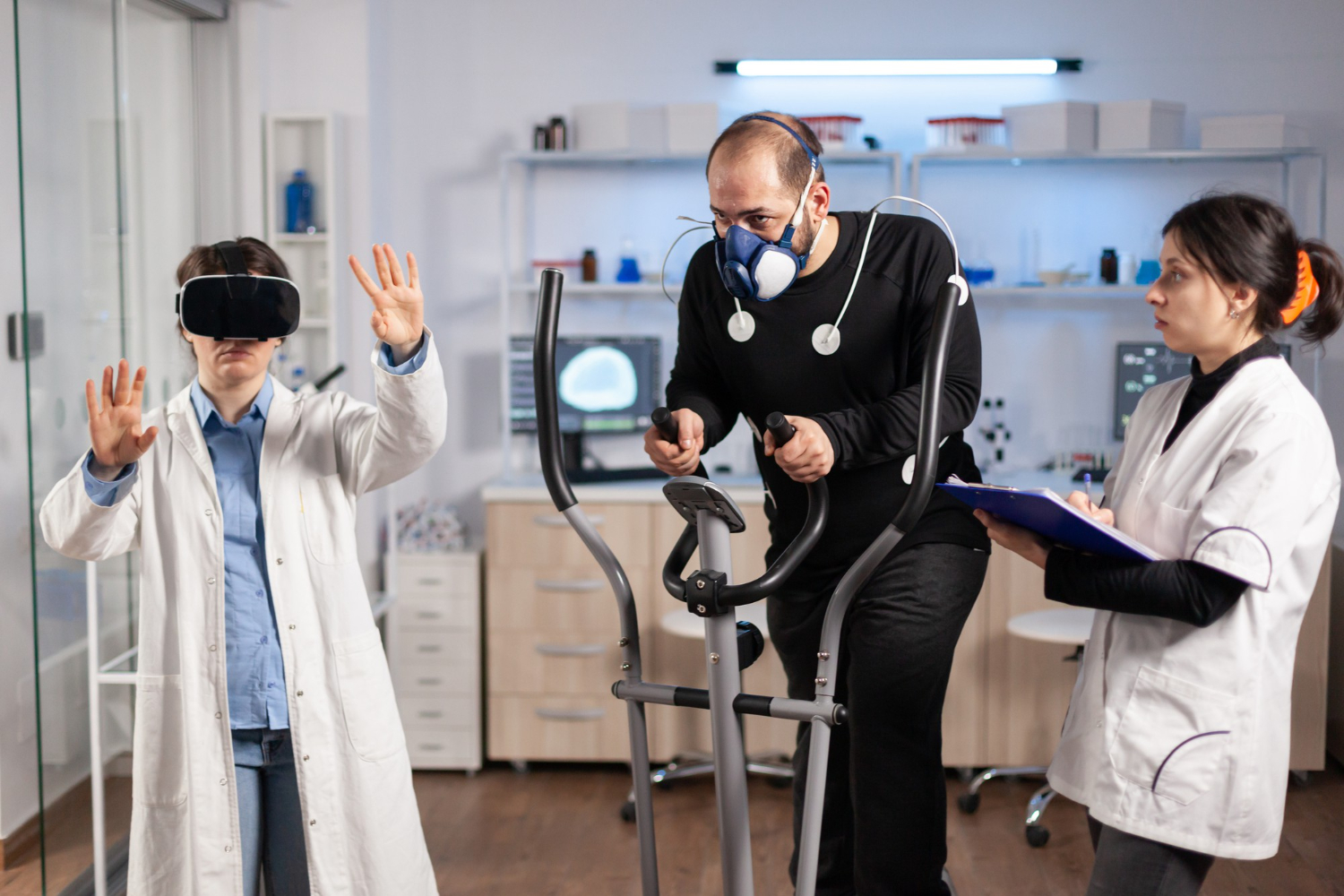You might not think of robots or smart sensors when you picture aged care, but times are changing. The kettle still boils and the walker still clicks along the hall, but behind the scenes, something new is brewing—and it is not just tea.
Technology innovations are starting to shift the way care is delivered in aged care homes across Australia. As a provider or policymaker, you have a big role to play in figuring out how to make these tools useful, fair, and safe for older people.
Let us pull up a chair and have a yarn about how policy can support these changes without losing the human touch.
What Are Technology Innovations in Aged Care?
Before diving into the policy stuff, let us talk about what these innovations look like.
Think aged care robotics that help lift residents safely or guide them through exercise. Think AI in aged care that predicts health risks before they happen. Think smart home technology that turns on the lights, adjusts the temperature, or alerts carers when someone gets out of bed.
These are not science fiction. They are happening now. But they are also raising new questions.
Who controls the data?
How do you teach someone in their nineties to trust a robot?
How do we keep things personal in a world filled with machines?
Why Policy Has to Keep Up
Technology often moves faster than regulation. That is not always a bad thing, but in aged care, it can be risky.
Older people are more vulnerable to things like privacy breaches, equipment failures, or confusing tech. That is why aged care policies need to set some guardrails—not to stop innovation, but to make sure it works for everyone.
You would not let someone drive without learning the road rules. In the same way, we cannot roll out tech without first thinking about safety, fairness, and practicality.
Privacy and Data: Who is Watching Whom?
Let us face it, older people deserve their privacy just like anyone else. But smart devices often mean constant monitoring.
Sensors track movement. Cameras keep an eye out for falls. AI systems review health trends and predict future problems.
It can feel a bit Big Brother-ish.
.png)
So, policies must clearly set out:
- Who owns the data
- Who has access to it
- How it is stored
- How long it is kept
More importantly, residents must have a say. No one should be left in the dark about how their information is being used.
Human Touch Still Matters
Here is something you already know—machines do not have a heart.
They can be clever, yes. But they do not share a joke, notice a tear, or give a comforting hand on the shoulder. That is something only people can do.
So, policies should support a mix of tech and human care.
Use a robot to help with lifting? Great. But do not replace a carer with a machine and call it progress.
Let tech do what it is good at—repetitive, predictable tasks. Let humans keep doing what they are good at—connection, empathy, and judgment.
Training: You Cannot Wing It
You cannot just drop new tech into a care home and hope for the best.
Carers need proper training. Older residents need clear explanations. Families need reassurance.
And not everyone picks up tech at the same pace. For some, it is like riding a bike. For others, it is more like juggling jelly with one hand tied behind your back.
Policy must include practical training rules—easy language, simple steps, and lots of support.
Budgeting for the Real World
Now let us talk turkey.
Technology is not cheap. Smart beds, robotic pets, monitoring systems—they all cost a pretty penny.
But good policy can help aged care homes budget better. That means:
- Funding for trials before full rollouts
- Support for smaller providers who cannot afford big investments
- Incentives for using technology that improves wellbeing, not just saves time
And we must be honest—some things are not worth the price tag if they just sit in the corner collecting dust.
Keeping People Safe
New tools bring new risks. If a system breaks down during a heatwave, if a robot malfunctions, or if an alert does not go through, what happens next?
Policies should require back-up plans. Not every system fails, but when one does, people should not be left in the lurch.
Clear rules around safety checks, regular maintenance, and emergency protocols are a must. Think of it like putting a smoke alarm in a house—it is better to have it and not need it than the other way around.
Fair Access Matters
Here is something worth thinking about:
What happens to older people in remote areas? Or those from non-English speaking backgrounds? Or people with limited mobility who cannot use complicated devices?
Technology should not widen the gap between those who have plenty and those who do not..
.png)
That is where good policy can level the playing field. Things like:
- Translation support
- Devices with voice control or big buttons
- Subsidies for regional care homes
- Community-based education
No one should miss out just because they are from the bush or did not grow up with screens.
Listening to Residents
Policies should not be written over people's heads.
If you want technology to work in aged care, you have to start with the people living in it.
Ask them what they need. What bothers them. What makes them feel safer—or more anxious.
It is their home, after all. Not a testing ground for fancy gadgets.
One good way is to include resident voices in technology planning. They do not need to know how it all works—but they sure should have a say in how it affects their daily lives.
Trial First, Rollout Later
Let us not forget the old saying: “Measure twice, cut once.”
Before adding new tech to every care home, test it out. Start small. Watch what works and what does not.
A trial run can catch problems early—things like power drains, confusing controls, or missed alerts.
Policy should support pilot programs that give real-world feedback before scaling up. It saves money and saves face.
What Comes Next?
There is no magic map showing where aged care tech will go. Some tools will work wonders. Others will quietly fade away.
But one thing is certain: change is coming.
If you work in aged care or health care, now is the time to get ahead. You do not need to be a tech expert. You just need to ask the right questions, stay curious, and always put the person before the product.
After all, aged care is not about machines. It is about people. Technology can support them—but policy is what makes sure it supports them the right way.
.png)
Final Thoughts
You would not put on a new pair of shoes without checking the fit. The same goes for technology in aged care.
Policies are the stitching that holds everything together—comfort, safety, fairness, and choice. Without that, even the fanciest tech ends up being more trouble than it is worth.
So go on. Ask the hard questions. Listen to the quiet voices. And remember, behind every blinking screen is a person who just wants to feel safe, respected, and cared for.
That is not too much to ask, is it?
Need help developing smarter policy for aged care? Governa AI supports forward-thinking care providers across Melbourne and beyond.










